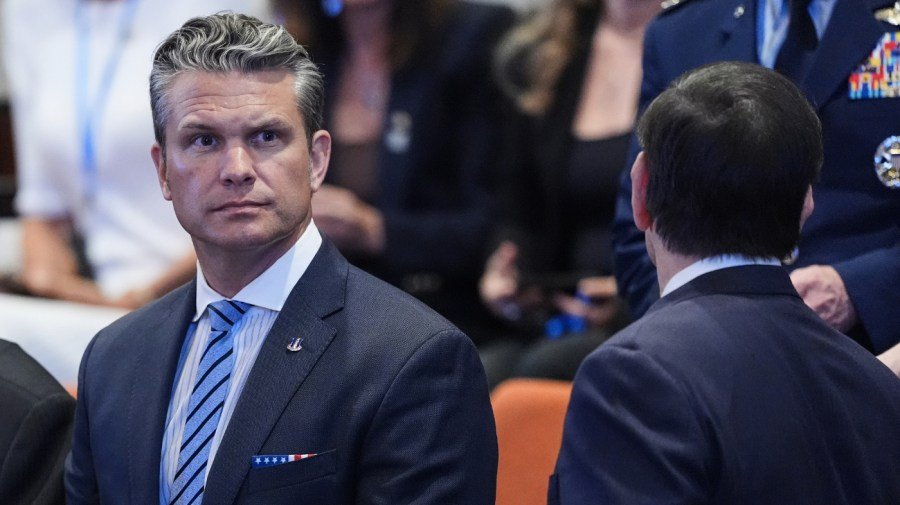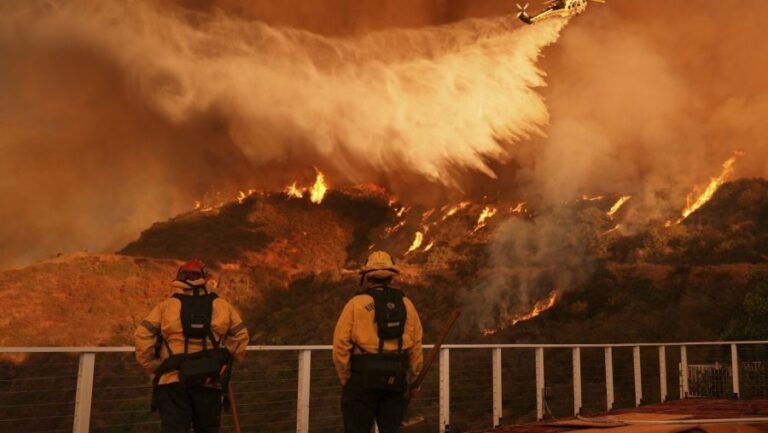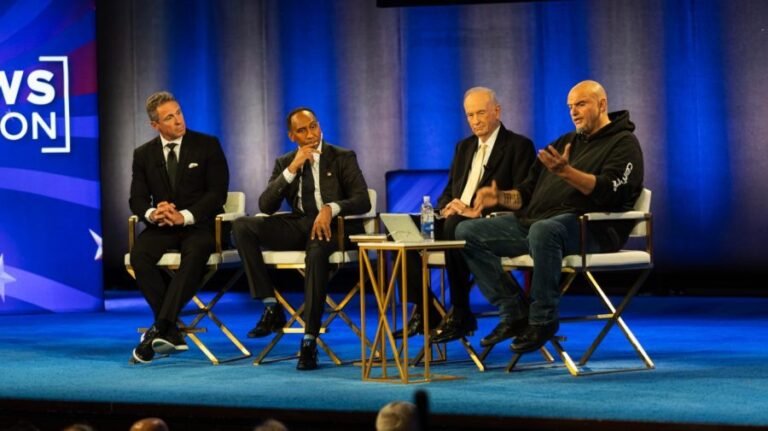
“From this moment forward, the only mission of the newly restored Department of War is this: Warfighting,” Secretary of War Pete Hegseth said on Sept. 30, to an unprecedented gathering of hundreds of America’s generals and admirals in Quantico, Virginia. “Prepare for war,” he added.
The U.S. military is hardly prepared for the most destructive of human events, in large part because it is operating at Pentagon (slow) speed.
Hegseth, to his credit, is going to great lengths to get a bloated War Department into shape for war. Today, there are about 840 active-duty flag officers — one general or admiral for every 1,500 members of the armed services. At the end of World War II, there was one flag for every 6,000 members.
“Hegseth wasted no time in the ‘all call’ of flag officers in channeling the ghost of Gen. George C. Marshall, chief of staff of the U.S. Army in the Second World War,” Blaine Holt, a retired U.S. Air Force general, told me. “Hegseth’s comparison of the relationship between Marshall and Secretary of War Henry Stimson to his relationship with Chairman of the Joint Chiefs Gen. Dan Caine sent a lightning bolt through the senior-level audience. Marshall cleared the decks of ineffective generals, firing about 195 of them in his first six months.”
Marshall knew America’s army had, after the First World War, awarded stars based largely on seniority and so carried generals unfit for wartime command. He chose his predecessor, Gen. Malin Craig, to head a group of six retired officers “to remove from line promotion any officer for reasons deemed good and sufficient.” The group became known as Marshall’s “plucking board.”
Marshall, who took command of the Army on the day the Third Reich invaded Poland, put it thus: “Critical times are upon us.”
The times today are critical as well. China’s regime is engaged in the fastest military buildup since the Second World War, it is trying to sanctions-proof itself, it is stockpiling grain and other commodities, it is calling up reservists and seizing factories making products for civilians.
Xi Jinping has been firing military officers opposed to war. Xi’s favorite phrase these days is “Dare to fight.”
He is mobilizing all of society for prolonged battle.
And Xi is doing more than just preparing. The Chinese military is initiating confrontations in skies and seas from South Korea in the north to Australia in the south. It is fighting proxy wars on two continents — Europe in Ukraine through Russia and Asia in the Middle East through Iran. Beijing in North Africa has also been fueling insurgences that look like wars. For decades, China has helped Islamabad in its campaign of terror against India.
In the meantime, the American military is generally in peace-mode, run by what President Trump called “Washington generals” or “television generals” in his remarks at Quantico.
Yes, there are some voices in uniform who worry about conflict in the very near term. Air Force Gen. Mike Minihan, commander of U.S. Transportation Command, in 2023 warned of war possibly occurring this year. Adm. Phil Davidson, the head of the Indo-Pacific Command, in 2021 talked about a Chinese invasion of Taiwan by 2027, giving rise to what is now known as the “Davidson window.” Both have since retired.
Yet Minihan’s and Davidson’s sense of urgency is not shared in the Pentagon, something evident from the Navy and Air Force acquisition programs. Both branches are retiring “platforms” — ships and planes that would be needed in a fight today — to pay for ones that will not be ready for combat until well into the middle of next decade. Moreover, the Navy is today building aircraft carriers that will not be battle-ready for a decade. There is little sense that the fight is coming soon.
At Hegseth’s meeting, Trump emphasized his new focus on the Western Hemisphere.
“Trump in his remarks explained his shift from faraway lands to the homeland,” said Holt. “America’s top threats are no longer elsewhere, instead pointing to the enemies that had made it to Main Street via the wide-open borders and the cartels that are the vital artery to our nation’s adversaries, both nation-state and transnational organizations.”
In the homeland, there has been an increased number of incursions, attempted entries without authorization and illicit surveillance of military bases. Moreover, there have been troubling drone overflights of sensitive locations.
“Our enemies, especially China’s regime, from our own soil have been studying our patterns and looking for vulnerabilities. They are in-place and now just waiting for the go-order,” Holt said.
As various outlets have recently reported, Trump’s National Defense Strategy will be released soon and will reorient the American military to threats originating in this hemisphere.
Even if there is a war in Asia, it could begin here, in an attempt to cripple the U.S.
America should assume it has little time left to prepare.
Gordon. G. Chang is the author of “Plan Red: China’s Project to Destroy America” and “The Coming Collapse of China.”






